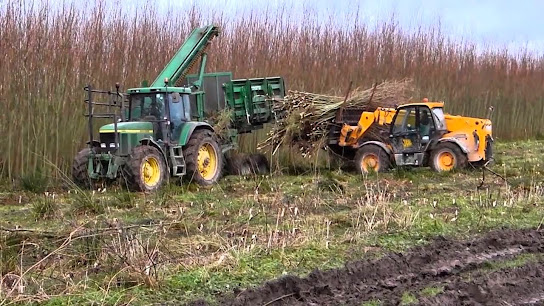When the process of
wood pellets production do not pay attention to the environmental aspects, there will be a negative impact on the environment. Just like the usual plants always have an impact on
operations for environment as well as
wood pellet plant.
The environmental impact was mainly noise pollution and
air pollution. Engine or motor of the various
units of production in the wood pellets
plant is the main cause of the
noise pollution. Vibration due to the large variety
of equipment operational wood pellet plant
also has implications for building damage around the location of the wood pellets plant.
To minimize to
overcome the problems then use of silencers or
the selection of the motor which does not cause disturbing
noise and vibration
dampening mounting becomes
important.
While the problems of
air pollution, it is mainly caused by the exhaust gases from the combustion furnace
for heating dryers,
dust and VOCs
(Volatile Organic Compund) of the dryer, dust
and cooler from pelletiser. The dust pollution can be more severe if we process of grass type pellet.
A number of equipments have been developed to overcome
this, as stated in the tables below:
Noise elimination and
air pollution needs to be done to the acceptable norms.
Considerations such as ease of operation, maintenance and the cost are
some important things so that these devices can be applied and reached a level that
is safe for the environment. Selection
of plant location is quite
far from the
people settlement are also alternatives to
reduce the cost of using the equipments for the
elimination of pollutants.




















